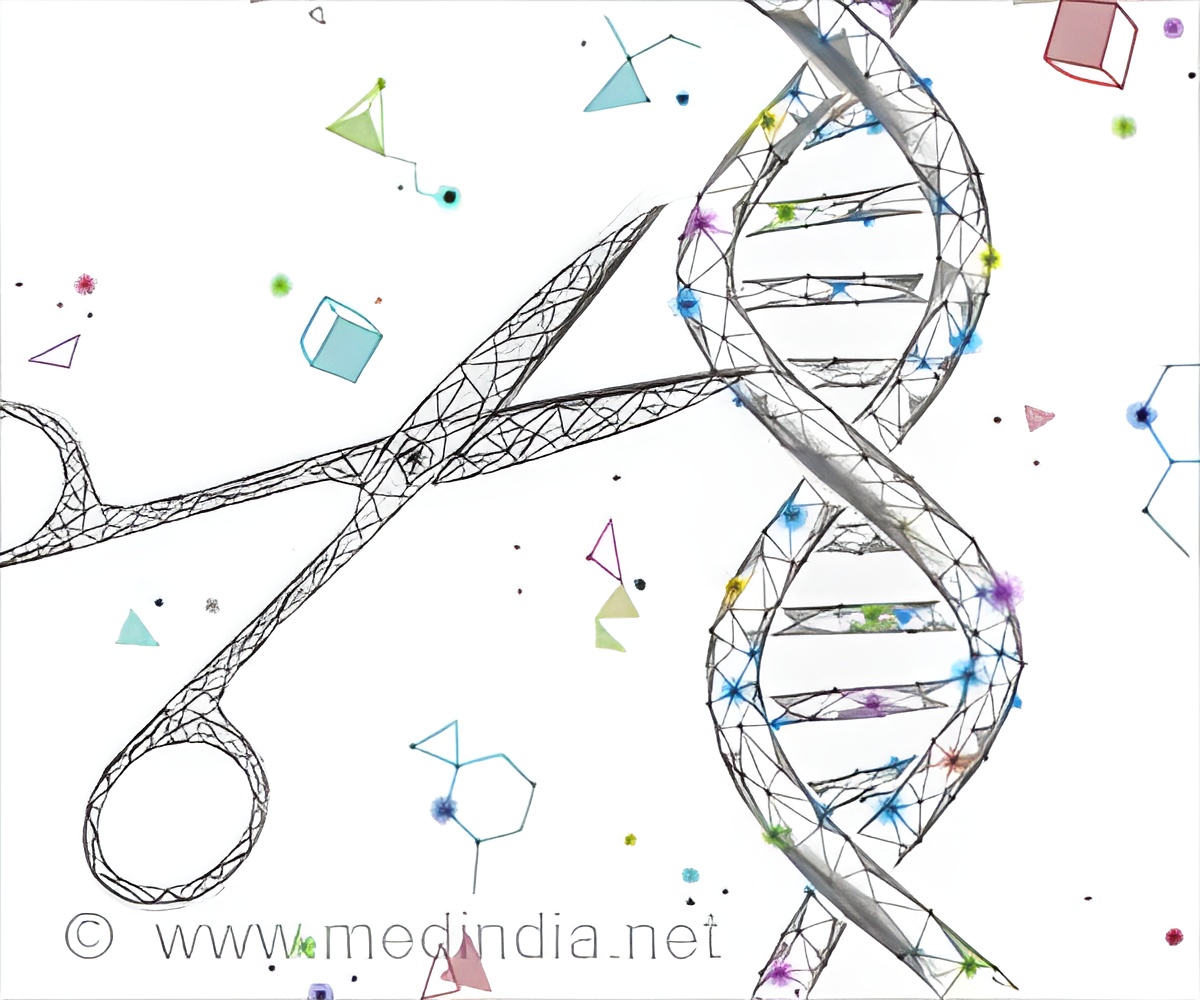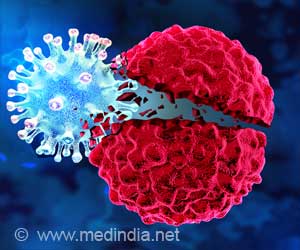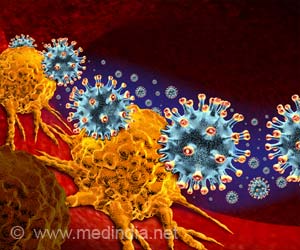Using CRISPR gene editing, the immune receptors are used to redirect immune cells to recognize cancer.

‘The generation of a personalized cell treatment for cancer would not have been feasible without the newly developed ability to use the CRISPR technique to replace the immune receptors in clinical-grade cell preparations in a single step.’





The human immune system has specific receptors on immune cells that can specifically recognize cancer cells and differentiate them from normal cells. These are different for every patient, so finding an efficient way to isolate them and insert them back into immune cells to generate a personalized cell therapy to treat cancer is key to making the approach feasible on a large scale.
How CRISPR Is Changing Cancer Research
The new research reports on an efficient way to isolate these immune receptors from patient’s own blood using new technologies developed initially through a collaboration by Dr. Ribas with James Heath, PhD, president of the Institute for Systems Biology in Seattle, and the Nobel Laureate David Baltimore, PhD, emeritus professor at Caltech and member of the UCLA Jonsson Comprehensive Cancer Center, and further developed into the clinic by PACT Pharma.“This is a leap forward in developing a personalized treatment for cancer, where the isolation of immune receptors that specifically recognize mutations in the patient’s own cancer are used to treat the cancer” said Dr. Ribas, corresponding author of the article.
The researchers report treating 16 patients with a variety of solid cancers including colon, breast and lung cancers. The patients had immune cells isolated from their blood based on their binding to capture reagents that displayed up to 350 mutations from the patient’s own cancer, for a total of over 5000 mutations being targeted across 34 flavors of HLA subtypes of the immune system. The genes of the immune receptors that allowed the immune cells to specifically recognized the cancer mutations were then sequenced, totaling 175 newly isolated cancer-specific immune receptors. They were then inserted back into the patient’s own immune cells using a one-step CRISPR editing, which included the knock-out of the existing immune cell receptors and knock-in of the immune receptors that could redirect those cells to specifically recognize mutations in their cancer.
Up to three such preparations of gene edited immune cells were infused back to the patients after giving conditioning chemotherapy, for a total of 37 immune receptors being infused to the 16 patients participating in this research. Patients had the expected side effects from chemotherapy, and two patients had potential side effects from the gene edited cells, one with fevers and chills and the other with confusion, both recovering promptly. The gene edited immune cells were preferentially recovered from biopsies of patient’s post-infusion, frequently representing the top 20% of immune cells in the cancer.
Advertisement
Source-Eurekalert















